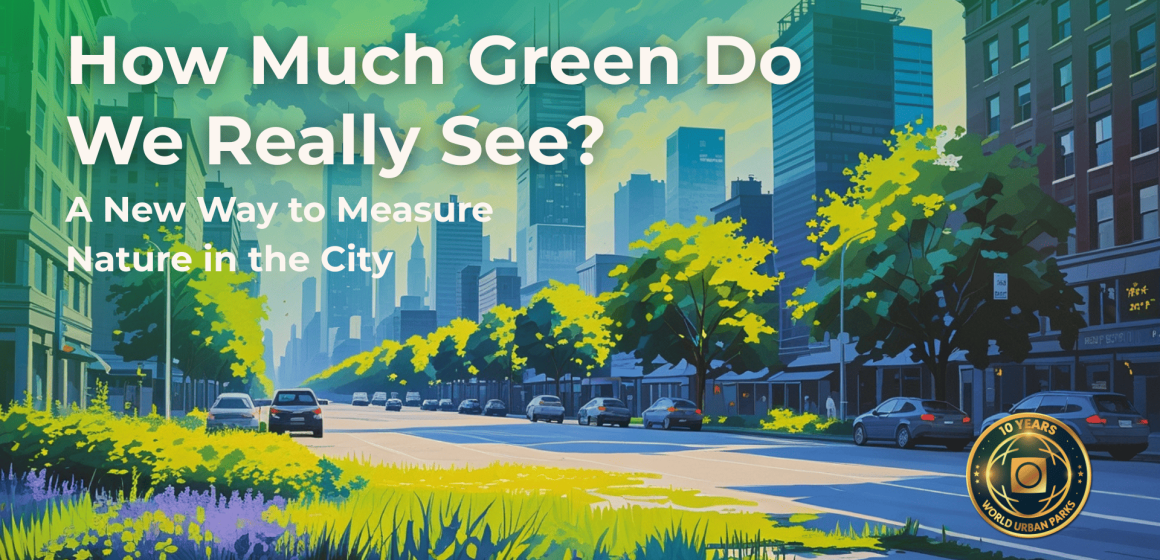We’ve all heard that nature is good for us. A walk in the park clears the mind. Trees cool down hot streets. Greenery makes neighborhoods feel alive.
But here’s a surprising fact: until recently, we didn’t have a clear way to measure how much green exposure people actually get in their daily lives—not just how many trees exist, but how much green people really see and experience as they move through the city.
That’s exactly what a new Japanese study set out to change.
Meet the “Komorebi Index”: A Game-Changer for Urban Planning
In a groundbreaking project, researchers combined two powerful data sources:
- Google Street View images to assess visible greenery (known as the Green View Index)
- Real pedestrian movement data to see where and how people actually walk through the city
Together, these gave rise to the Green Accessibility Index (GAI)—or as the authors poetically call it, the Komorebi Index (named after the Japanese word for “sunlight filtering through trees”).
This index tells us:
- How likely is it that someone walking through this area will experience greenery?
And they went a step further, converting that into daily exposure time—how many minutes per day people spend in view of urban nature.
Real Insights from the Streets of Kishiwada
To test the method, the team studied two districts in Kishiwada City, Japan. The findings?
- Zone A (downtown): 38 minutes/day of green exposure
- Zone B (suburban): 14 minutes/day
That’s far below the recommended 120 minutes per week of green exposure linked to better physical and mental health.
But more than just a diagnosis, the tool also gives the prescription: it highlights exactly which high-traffic streets lack greenery—helping planners target where new trees or mini-parks would have the greatest impact.
Why It Matters—for Your City, Too
This isn’t just about Japan. It’s a blueprint for cities everywhere. Here’s why it matters:
- Make data-driven decisions: Move beyond maps and look at real, human experience.
- Target smart investments: Add greenery where it will benefit the most people.
- Boost public health: Increase time spent in green environments, reduce stress, improve well-being.
Don’t Miss the Full Article
This is one of those rare studies that blends technology, design, health, and sustainability—all into a tool that cities can actually use.
Whether you’re a city official, landscape architect, student, or simply a lover of urban green spaces, this article is a must-read.
About the Authors:
This paper was originally written in Japanese and published in the JILA Technical Reports of Landscape Architecture, a publication of the Japanese Institute of Landscape Architecture (JILA). The authors — Ryu Ono, Shinichi Urasaki, Daisuke Oguri, Shingo Hidaka, and Masatake Kawaguchi — present a method for evaluating urban structure in terms of well-being, using data on tree canopy coverage and pedestrian flow.
👉 Download the full article and see how the Komorebi Index could inspire your next park, policy, or project.

Leave a Reply